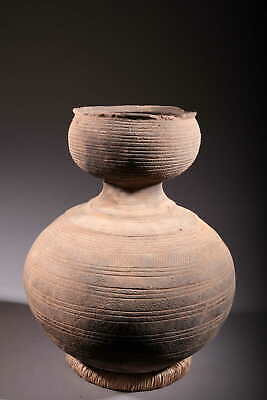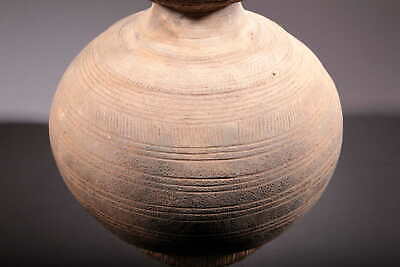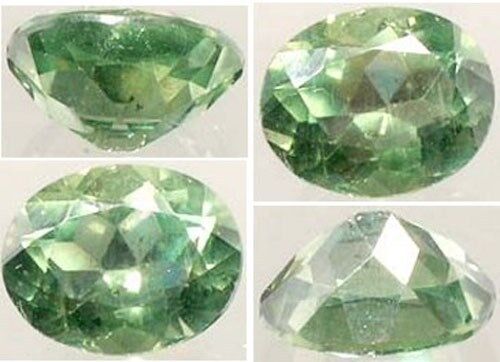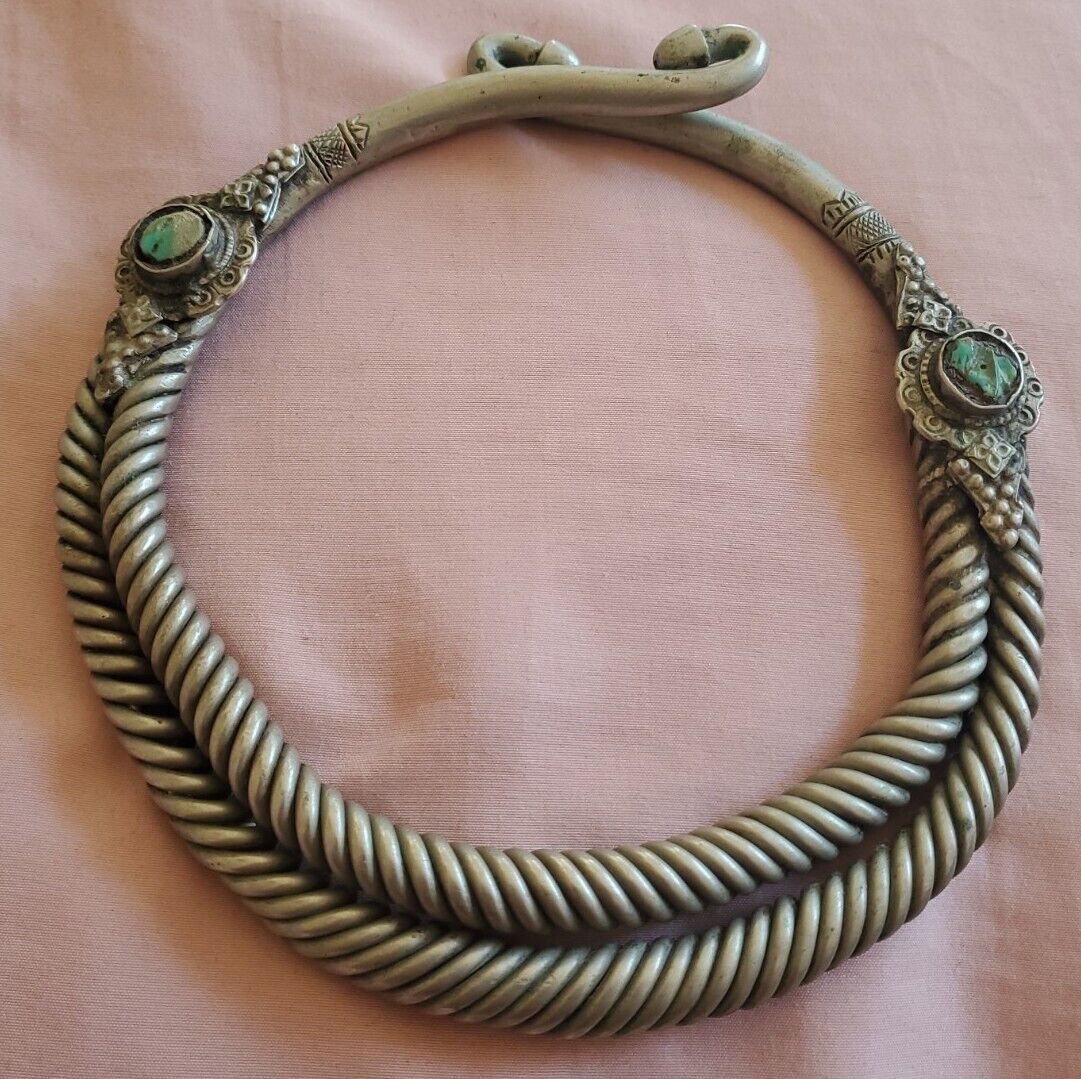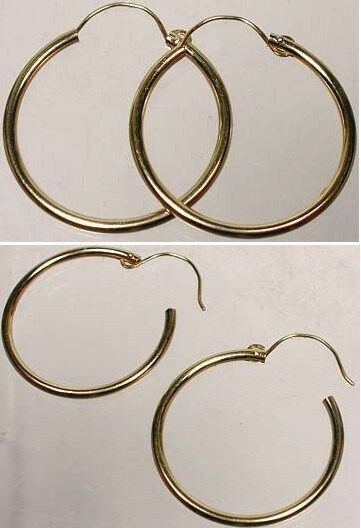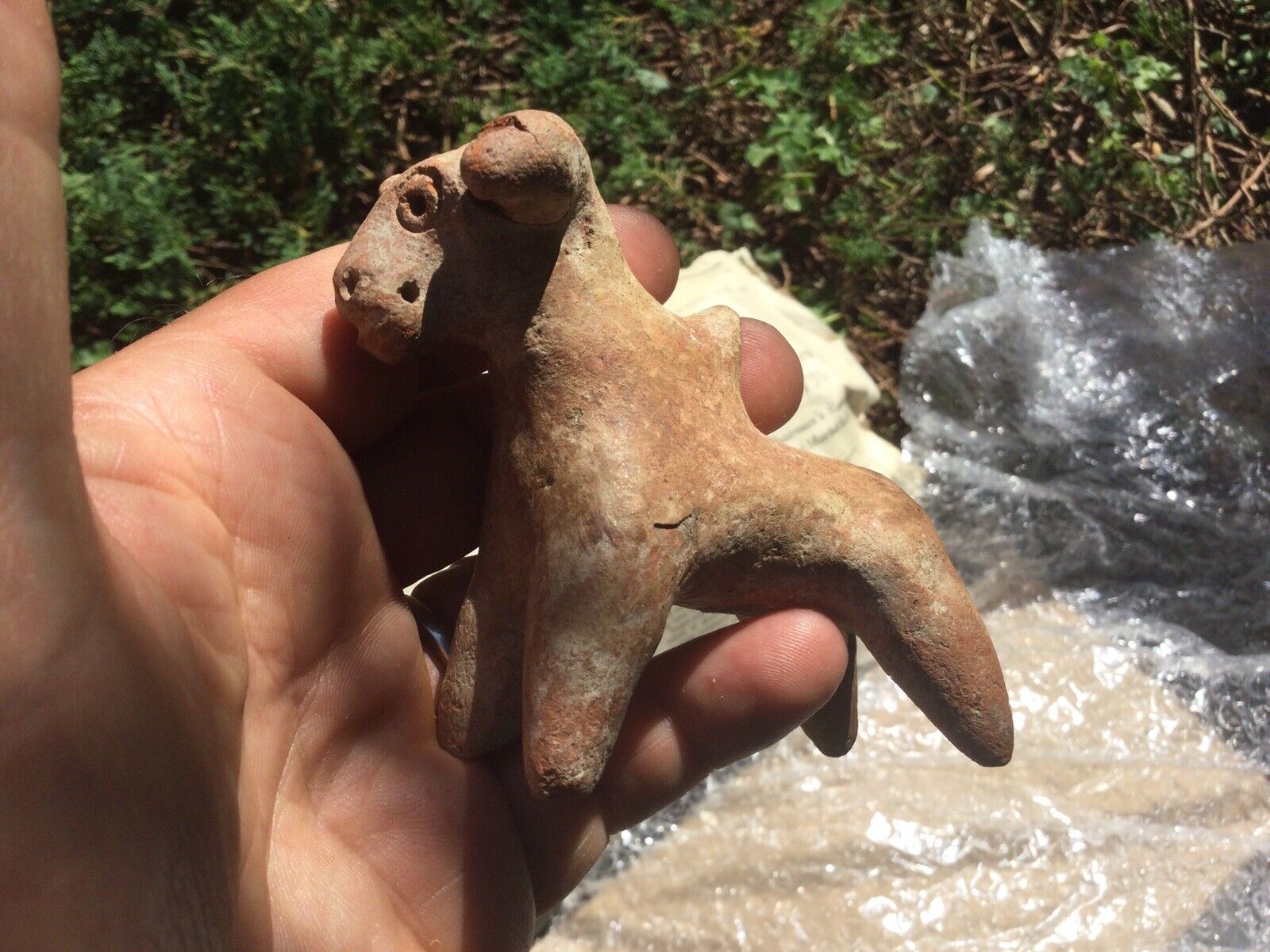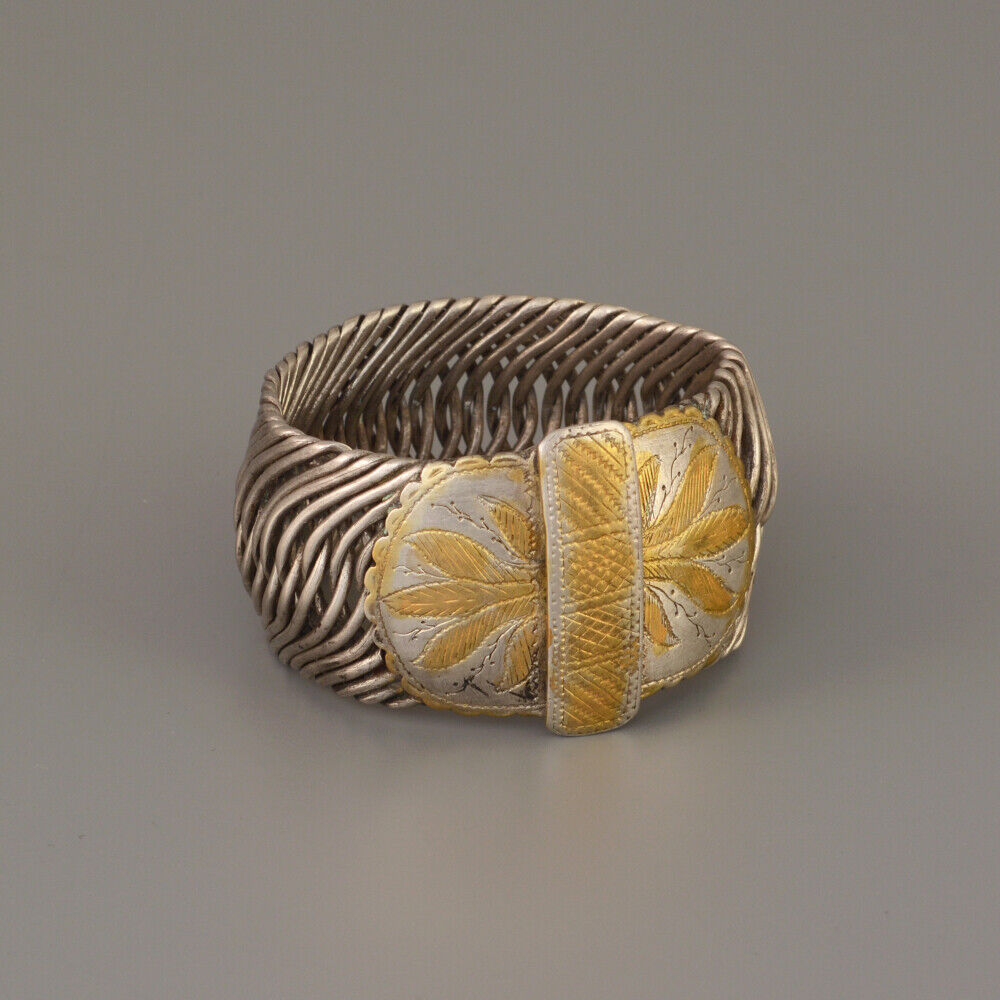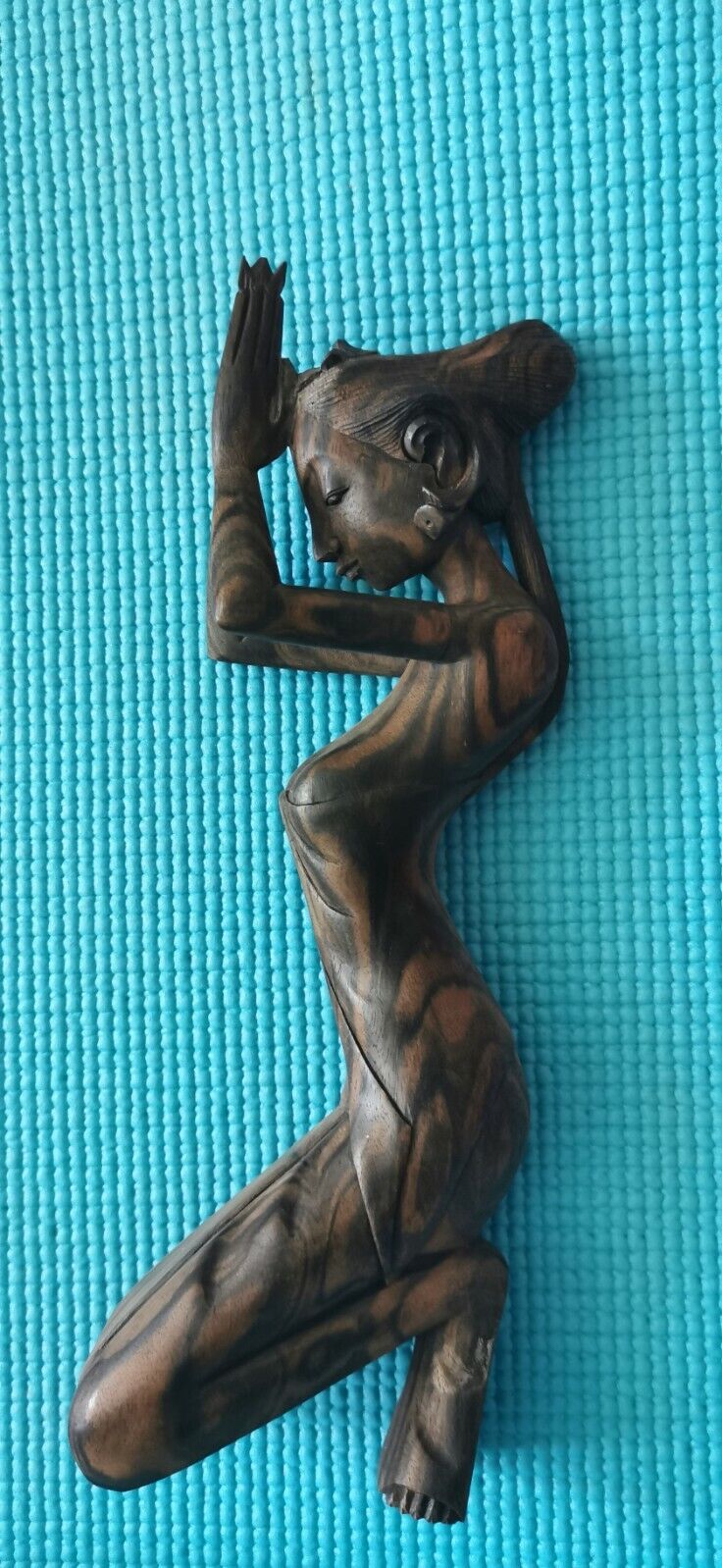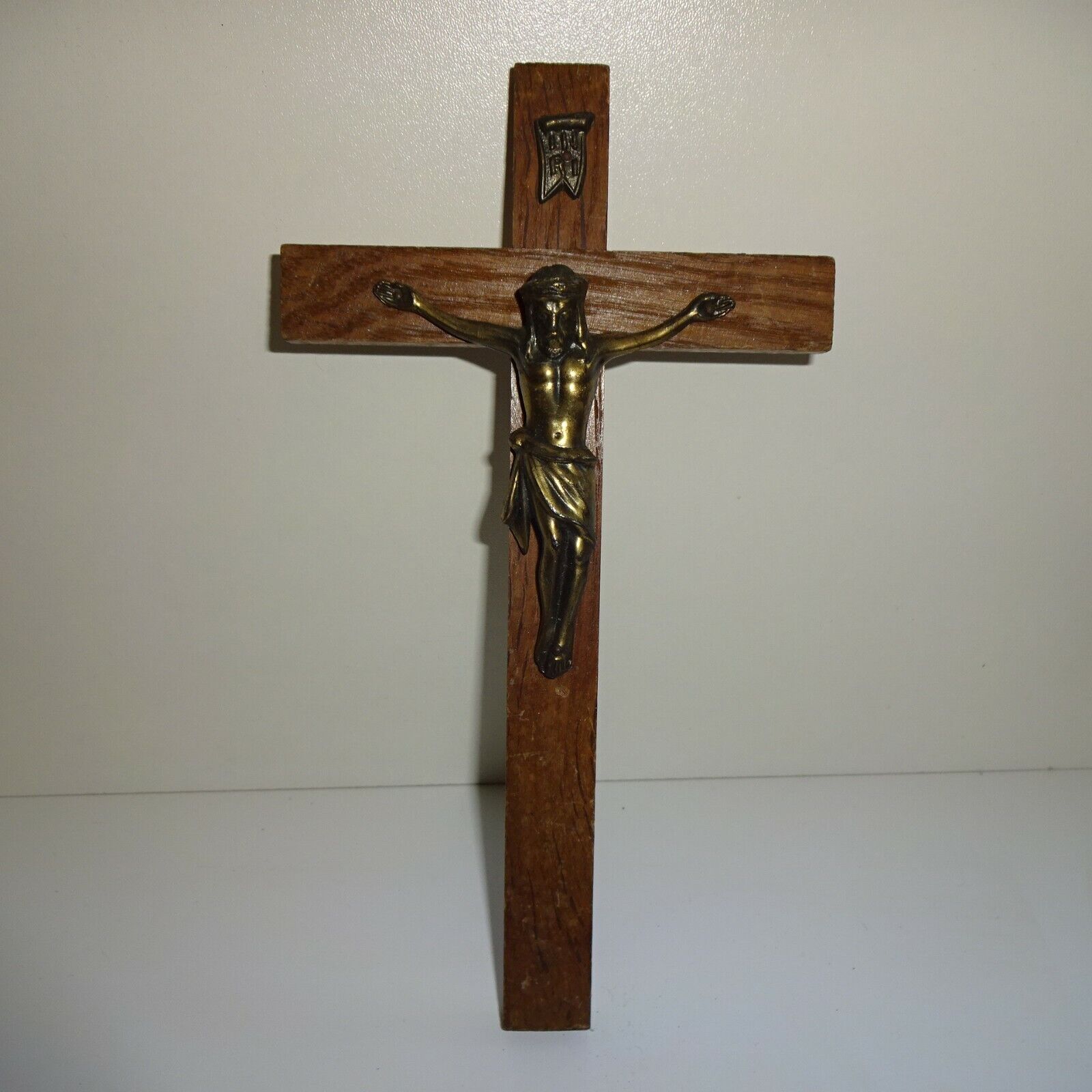-40%
Art African Pottery Traditional Of Niger 229
$ 317.66
- Description
- Size Guide
Description
Ref: tc-229Height 39
CM
Product Description
Traditional Hausa pottery from Niger. Piece over 100 years old.
Raw materials :
The first source of material comes from ponds, mud flats and rivers. This basic paste, which is quite heterogeneous, only allows the production of parts with thick walls. This natural clay is corrected by incorporating materials of mineral or vegetable origin (degreasing operation). To improve its plasticity, lower its cooking temperature and its resistance to cooking over open fire, it will be mixed with ash, chopped straw or crushed ceramic (chamotte). The resulting mixture is trampled on until the desired quality is obtained.
Another source of clay material comes from quarries, but it is common for abandoned termite mounds to be exploited. In this case, the most sought-after material is located in the heart of the termite mound. The clay treated by termites is both particularly fine but also naturally enriched with additives which ensure very low shrinkage and homogeneous firing of ceramic pieces. This clay, drawn from a great depth, crushed and kneaded by termites, can be combined with other clays or chamotte, old fragments of fired and crushed pottery.
The modeling:
Four pottery production techniques are commonly found:
Shaping or stamping on a convex support. It can be a large stone or the outside of an existing pot. This serves as a matrix that the potter covers with clay. Once the earth is beaten and smoothed, the pot is removed and the modeling is continued with the coils.
The most frequently used technique is that of columbine pottery. On a flattened ball of clay are mounted strands of earth which gradually form the envelope of the pottery. This type of assembly of the earth is related to the archaic art of basketry.
Pottery of the Songhay women, Gorom-Gorom Burkina Faso
The pottery is smoothed and refined using a pebble held inside and a wooden spatula. The potter's dexterity allows her to free herself from the lathe to produce an almost perfect piece of revolution. The repeated hammering of the clay shape, which can be compared to the work of metalwork, makes the pottery finer and more resistant. Several types of beaters are used, sometimes engraved with patterns that will be imprinted in the earth.
The assembly of important parts requires intermediate drying times so that the form supports without sagging the top layers. The degree of drying is estimated by the potter based on her experience.
The modeling in a concave form, pottery or basket in wickerwork which often leaves the imprint of its woven texture on the jars, is also used to extract the shape of the clay ball. The ball is pushed in, by the fist or using a pestle, then its wall is raised by the pressure of the thumbs.
Stretching from a solid mass. By pressure, the shape is gradually built and refined.
The use of the potter's wheel, introduced in North Africa by the Phoenicians from the 8th century BC. AD, is rare and mostly used by men. The virtual absence of towers is indicative of the physical barrier created by the desert areas of the Sahara in technical and commercial exchanges.
When they exist, the towers are simple stone slabs or fragments of pottery trained by the feet of the potter or by the care of an assistant. Their role is less the assembly of a fluid clay shape than the slow rotation of a part being modeled under the beater.
The cooking :
Main characteristic of African pottery, low temperature firing surprises Western researchers who have long considered that it was a technological backwardness compared to vitrified pottery, with a more crystalline sound. A more precise analysis of these productions however brought out the two major qualities of this cooking method: a conserved porosity which ensures evaporation of liquids on the surface, cooling the contents and excellent resistance to thermal shocks which allows the use of these pottery as cooking utensils.
Pottery is usually fired “in a millstone” over an open fire, outside the oven. The potter forms a grindstone with the pieces to be fired, straw, logs and branches. The manufactured pots are brought to the cooking site by the women and girls. On each of the multiple trips, the women carry two pots on their heads and one in their arms. The grindstone, once formed, is ignited all around its circumference using a firebrand.
The baking wheel is a precise assembly of materials. The careful superposition of layers, branches, straw, wood, guarantees both the quality of the cooking and the fuel economy. One frequently observes a start to cover the grindstone with fragments of pottery which return the heat of the hearth by acting as a vault.
The final cooking is relatively short, from thirty minutes to an hour, with a temperature of 600--650 ° C. However, it is preceded by a drying time in the sun, up to 3 weeks, and often by precooking near the fireplace.
The heterogeneous composition of the ceramic paste allows better resistance to the sudden and difficult to control rise in the temperature of the open fire. Impurities and organic matter deliberately incorporated into the earth act as pores which allow residual vapor to escape without causing the pieces to burst.
African art african tribal art arte africana afrikanische kunst
African art, African mask
Piece delivered with an invoice and a certificate of authenticity.
Ref: tc-229 Height 39 CM Product Description Traditional Hausa pottery from Niger. Piece over 100 years old. Raw materials : The modeling: Four pottery production techniques are commonly found: Pottery of the Songhay women, Gorom-Gorom Burkina Faso The assembly of important parts requires intermediate drying times so that the form supports without sagging the top layers. The degree of drying is estimated by the potter based on her experience. Stretching from a solid mass. By pressure, the shape is gradually built and refined. The cooking : The final cooking is relatively short, from thirty minutes to an hour, with a temperature of 600--650 ° C. However, it is preceded by a drying time in the sun, up to 3 weeks, and often by precooking near the fireplace.
